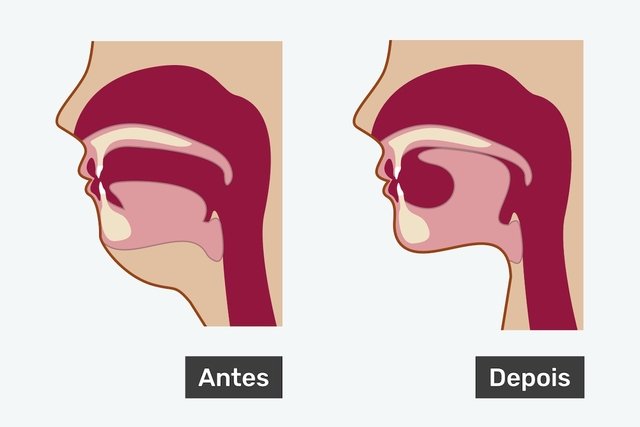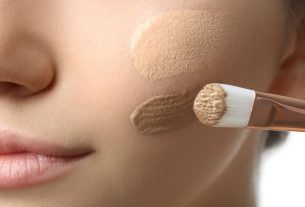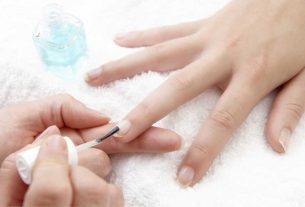Mewing is an orthotropy exercise, an alternative treatment that consists of using the tongue and facial muscles to correct the position of the jaw and change the physiognomy. It is believed that it can be used to improve facial aesthetics, realign teeth and treat respiratory problems.
This exercise is simple and can be done at home, but must be guided by a qualified professional due to possible health risks, especially when done incorrectly.
Before starting mewing, it is recommended to consult an orthodontist or dentist trained in orthotropia for an evaluation, to check whether mewing is really indicated and to learn how to do the exercise correctly.

What is it for
It is believed that mewing can be indicated for:
- Improve the aesthetics of the face, leaving the jaw line more defined and thin, for example;
- Realign teeth;
- Encourage breathing through the nose;
- Reduce snoring and the risk of obstructive sleep apnea;
- Stimulate the adequate development of the facial structure;
- Help with speech, swallowing or temporomandibular joint problems.
According to orthotropy, the benefits of mewing are due to the stimulation of adequate posture of the muscles of the mouth, tongue and face, which, when incorrect, can be associated with respiratory, aesthetic, speech and swallowing problems.
However, there is not much scientific evidence that the use of this technique is actually beneficial in these situations and that supports its indication as an alternative to medical or dental treatments.
Does mewing work?
Mewing can work in some cases when guided by a professional and done in conjunction with other postural rehabilitation therapies, but the results can be affected by problems with the muscles of the face or that limit the movement of the tongue, for example.
Read too: 6 main tongue diseases and how to treat them
Furthermore, there is not much scientific evidence to prove its benefits and, therefore, it should not be used as a substitute for other treatments.
How to mewing
Mewing is normally done as follows:
- Rest in a comfortable placekeeping your tongue and face relaxed;
- Close your lipsbringing the upper and lower teeth of the mouth closer together or leaving them in contact;
- Place the tongue in contact with the roof of the mouthso that it is flat;
- Hold the tongue in this positioninitially for 10 to 20 seconds;
- Relax your tonguereturning to the starting position.
- Repeat the movementincreasing the time that the tongue is kept in contact with the roof of the mouth.
This exercise must be done with the guidance of a professional and repeated regularly with the aim of “training the posture of the tongue” so that, over time, it is subconsciously placed in contact with the roof of the mouth in its resting position.
However, for best results, mewing is usually done in association with other treatments to correct posture, which must be guided by a physiotherapist and allow for adequate alignment of the jaw line and face with the chest.
Read too: 9 simple exercises to improve posture at home (and how to do them)
Possible risks
Mewing can cause jaw pain, temporomandibular disorders or incorrect alignment of teeth or dental arches, for example, especially when done incorrectly and without professional guidance.
Read too: Temporomandibular disorder (TMD): what it is, symptoms, causes and treatment
Therefore, mewing must be guided by a licensed professional, such as an orthodontist or dentist trained in orthotropia.

Sign up for our newsletter and stay up to date with exclusive news
that can transform your routine!
Warning: Undefined array key "title" in /home/storelat/public_html/wp-content/plugins/link-whisper-premium/templates/frontend/related-posts.php on line 12
Warning: Undefined array key "title_tag" in /home/storelat/public_html/wp-content/plugins/link-whisper-premium/templates/frontend/related-posts.php on line 13



